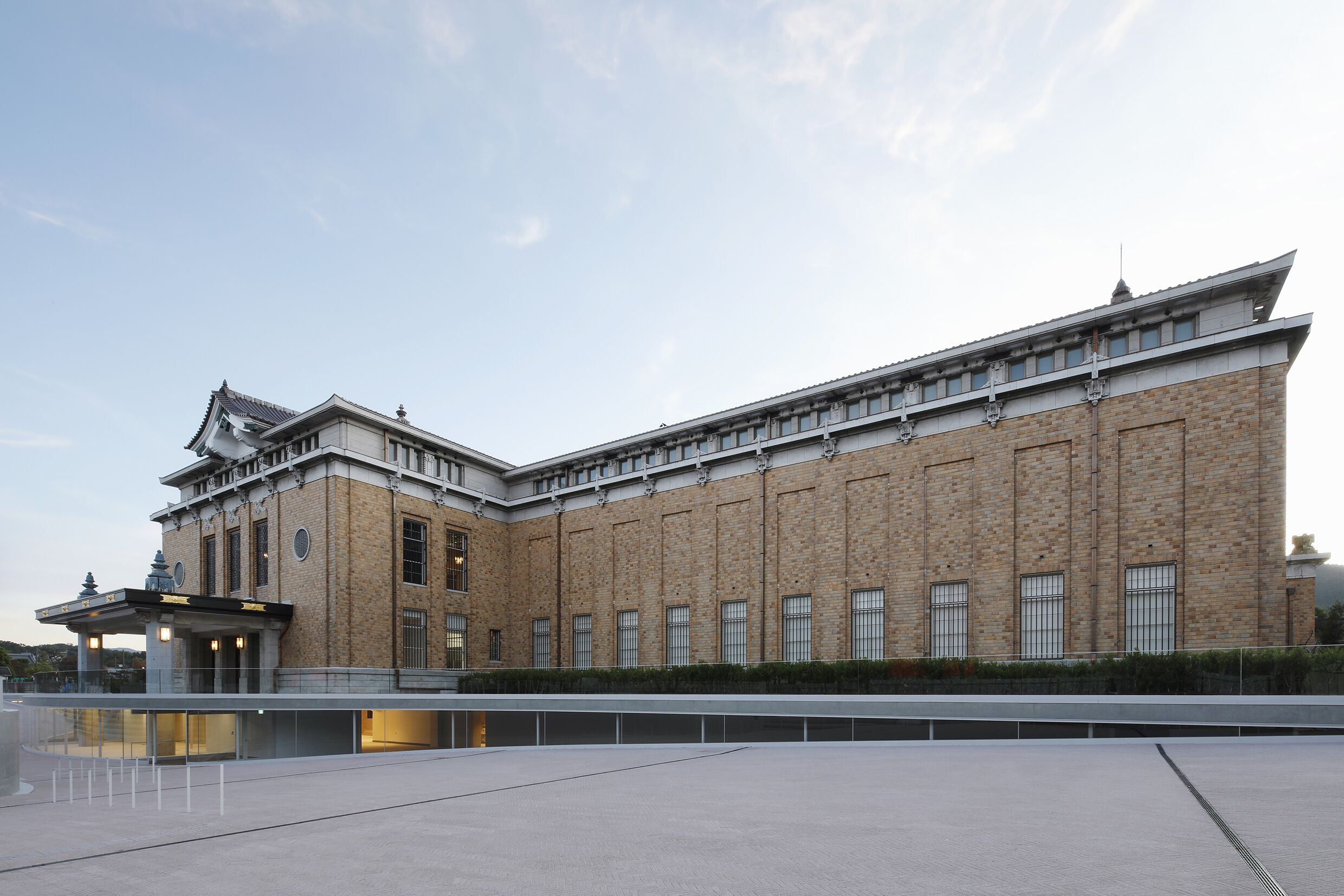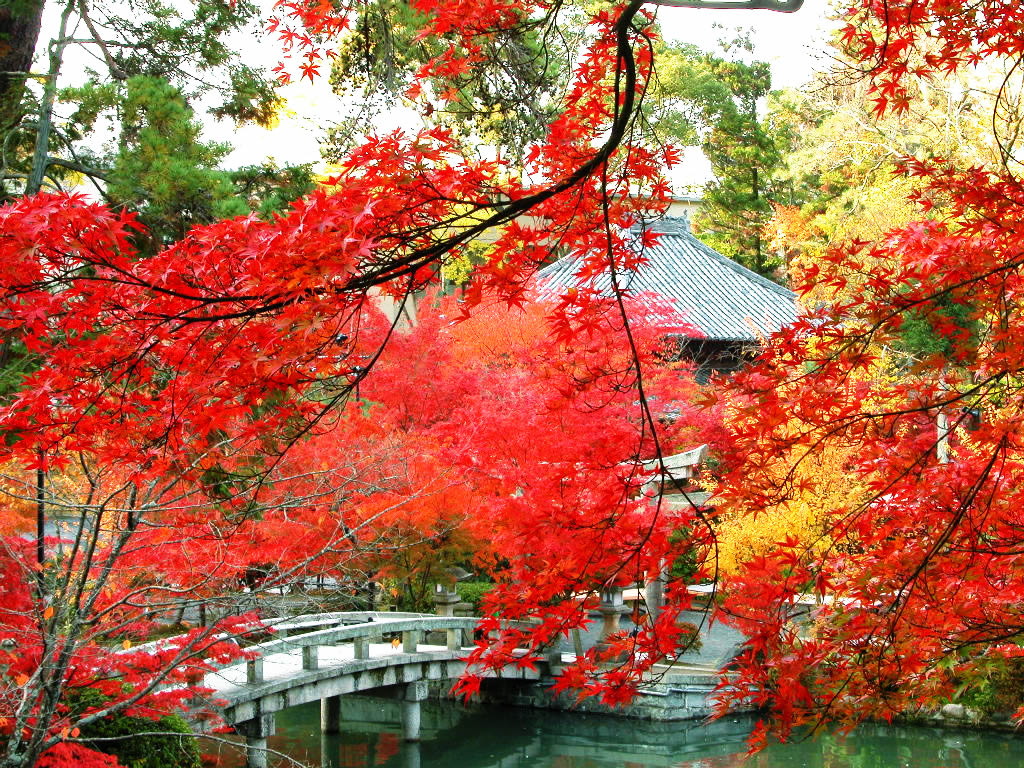
Jisho-ji Temple is better known as Ginkaku-ji (Temple of the Silver Pavilion), a temple belonging to the Buddhist Shokoku School of the Rinzai Zen sect.
Ginkaku-ji Temple (The Silver Pavilion) is an elegant temple set in beautiful grounds at the foot of Kyoto’s eastern mountains. Its grounds are an outstanding example of Japanese landscape architecture. Whether one is sitting on the landing beside the unique sand garden with its 2-metre silver cone, or walking the trail and catching glimpses of the Pavilion from different vantage points, one is constantly aware of the lovely details which move the heart. Originally designed as a retirement villa for the Shogun Ashikaga Yoshimasa (1436-1490) in the Muromachi Period (1338 – 1573), Ginkaku-ji Temple was modeled on its sister temple Kinkaku-ji Temple (the Golden Pavilion). Yet Ginkaku-ji Temple was never plated with silver, and the main temple building remains an unpainted brown–and in its way, exemplifies the Japanese idea that something plain can be beautiful.
Yoshimasa spent much of his retirement here pursuing the arts, including the tea ceremony. The Togu-do building contains within it a tea ceremony room which is thought to have become the prototype for all future tea ceremony rooms. Behind the building is a fresh-water stream where Yoshimasa collected water for his tea. Looking back over the grounds from the Togu-do, one cannot help but admire the refined aesthetic which this retired shogun pursued in his final years.
A few times per year Ginkaku-ji Temple is illuminated in the evening, and all of its elements take on an added, surreal beauty. It must be seen to be believed.
Basic Information
- Address : 2 Ginkakuji-cho, Sakyo-ku, Kyoto City
- Website : Click here
- Access : Comfortable access to Ginkaku-ji Temple / Philosopher’s Path













